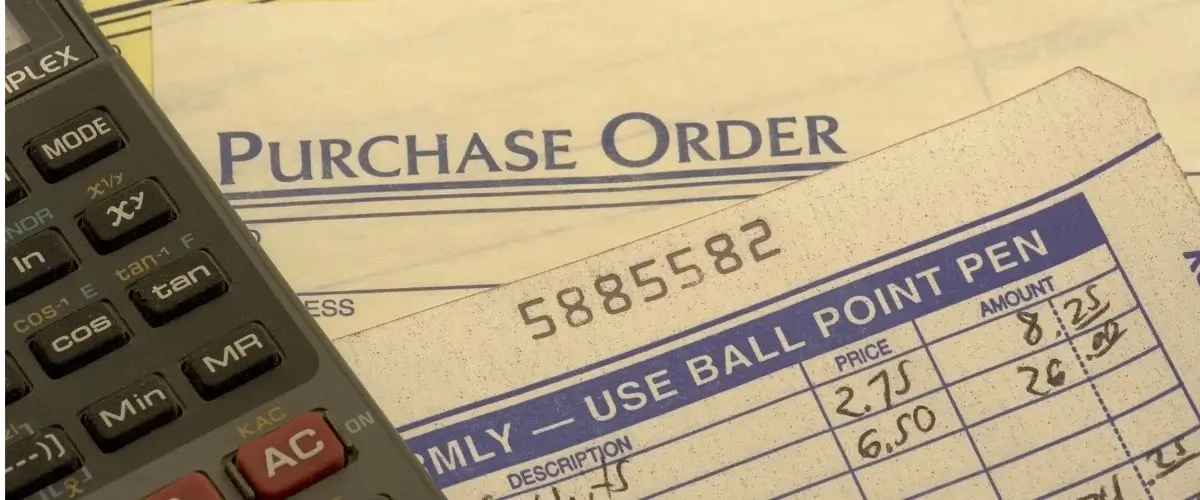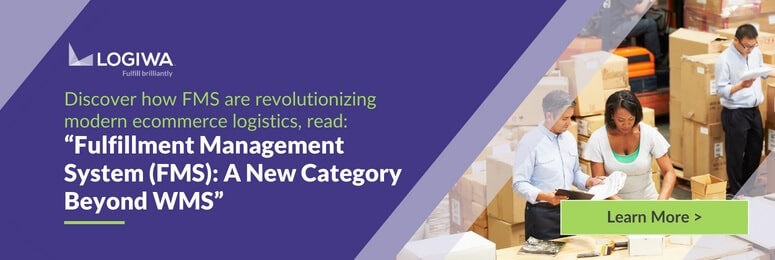Purchase Order: Everything from A to Z
Whether you’re new to the business world or an experienced vendor, you may want to get a detailed explanation to the question “What is a purchase order?” Purchase order, briefly PO, is a document sent by the buyer to the seller showing the goods or services as an order. This little piece of document makes a big difference when it comes to a growing business’s logistical processes. The tracking numbers on each PO guarantee you follow the order through your system. However, purchase orders do not only have some numbers on them; they also include other necessary elements that you will need from the beginning to the end of the sales journey. You will have a clearer idea of how POs work, the differences between POs and invoices, the advantages of a purchase order, the automation need in purchase order management and the components of a purchase order form in our article here.
Contents
What Is A Purchase Order & How Does It Work?
As mentioned above, a purchase order definition can be put as the record of products or services ordered. If we must say something about the Warehouse Management System features and working principles of purchase orders, we need to begin with steps involved in the process. Though it may seem a bit complex at first, once you practice regularly, there’s no reason for you not to be an expert on this issue. Let’s start by saying the typical transactions for the purchasing process. At first, the management team notifies your company’s procurement unit that a purchase has to be made with a purchase requisition form. If the procurement department confirms the request, the purchase’s details should be transferred right afterward. With the product or service name, amount, payment details, and other necessary items on the document, the purchase requisition form is sent to the supplier. Once the supplier approves the form, the two parties’ relation becomes legally binding. The buyer pays the agreed price on the agreed date stated clearly on the PO. After every step is done, the vendor or supplier sends the order with the invoice to the purchaser, and the purchaser’s finance department checks the invoice and the purchase order for a double-check.
Key Features of a Purchase Order Form
Those were the fundamental steps involved in a PO process. Now, it is time to point out the purchase order features a business owner should be thinking about.
- Supplier database
- Automation
- Document creation
- Status tracking
- Blanket Pos
- Invoice match
- Lead time management
- Managing approvals
- Receiving management
For instance, without a supplier database, it will be almost impossible for you to know different information about the vendor. This feature’s most significant part is that it gives you the ability to see the vendor order and payment histories. When it comes to recurring purchase orders, automation is vital. Instead of recreating every PO document from scratch, this service automatically lets you do all the process and lifts a huge burden from your team’s shoulders. The third feature is called PO Document Creation. This, undoubtedly, is one of the most practical aspects of PO features, allowing the system to create every unique PO form for internal and external company communication. In this way, you can easily see who creates, approves, and edits the form with dates remarked. If you need to make a repeated PO, then the feature you need will be the Blanket PO. This service gives you the flexibility to run a purchase order until a certain amount has been met. Besides, the details on a purchase order form should match the information on an invoice through the process. Though they are different documents, one of them is useless without the other in the same process. One other feature of purchase orders is the Lead Time. This term refers to the amount of time that passes through the PO process. For supply chain businesses, lead time is important for the vendor to be able to meet the demands ideally.
Purchase Order vs. Invoice: Basic Differences
PO and invoice cater for two different functions, although most of the information on them seems the same. The buyer issued a purchase order, whereas the supplier sends the latter one. With the PO document, the buyer tells the seller the required product/service, quantity, and price. Once all this information is placed on the form and sent to the vendor’s approval, you need to wait until the seller confirms the purchase order document. The relation between the two parts becomes legally binding when the confirmation is provided. On the other hand, the seller sends an invoice after all the agreed terms and conditions outlined in the document are realized. On a regular invoice, both parties’ names, the required product/service list, prices of each item, a total amount, and payment date needs to be crystal clear. Optionally, it may contain the payment alternatives that the buyer would like to choose. One another between purchase order and invoice is that the invoice must include the original purchase order number to be able to separate the transactions that have already been budgeted for. This detail is important for the finance unit to ensure the information on both the PO form and invoice is the same.
You may interest in: Here is everything you need to know about deadstock and the top tips you can follow to manage deadstock inventory.
Benefits of Purchase Orders for Your Business
After covering what a purchase order is, how it works, the key features, and the differences when it compares to an invoice, now it is time to point out the benefits of purchase order. In the supply chain industry, it is very well known that purchase orders are a great way to manage the time spent through the processes. Most companies reduce their cost and time to a big extend thanks to purchasing order usage. The biggest advantage is the reduction of time spent. Your team can decrease the time allocated for procurement processes by implementing a related system. In this way, manual data entries decrease, approval time becomes faster, invoice processing duration goes down, and the track time will be less. The whole team will easily reach the same information simultaneously. Also, instead of vulnerable solutions like working on a Word or Excel sheet for holding purchase order information, a PO form will ensure that the unique PO data are in the correct place. Besides, thanks to a purchase order form, the invoice processing information such as project or department, billing and cost allocations, and file attachments related to PO can be added beyond the form sent to the vendor. A real-time cost control is possible with purchase order online system. These systems make sure that every detail along the process is in sync.
The Automation of Purchase Order Is Vital
Purchase order automation is done when you use centralized software to create a purchase order form and track the whole process afterward. This Order Fulfillment Software system reduces the need for conventional paperwork related to procurement and make the system run smoothly. Once you start to use a PO management tool, your suppliers can recognize the system’s purchase orders and automatically convert them to invoices. This cycle benefits your account department to manage the payments more comfortably. However, with your PO processes’ automation, you save time and money. As the system reduces the potential human error to a huge extend, the obstacles on the way will be minimized and finally out of sight. If anything is missing on the electronic orders system, the system gives an alert to the related person to make it up. Briefly, no handwriting, no mistakes! Also, this service’s reporting feature is one of the most functional benefits of purchase order management system. This feature makes it easier for you to see what the budget is spent for. Furthermore, with this automation system, you’ll be able to create your own rules and permissions according to specific needs.
What Does A Purchase Order Form Contain?
A PO is great to standardize the whole procurement process. It contains the information regarding buyer and seller names and addresses, products or services ordered, and payment terms. At this point you may get support from a PO template. This template will be guiding you on every detail you need through the way. If you ask what the key components of a purchase order are, you need to look at the list of items below.
- PO number
- Date
- Name & billing address of supplier
- Name & billing address of buyer
- Phone numbers/e-mail addresses
- Delivery date
- Products/services ordered
- Description of items
- Quantity
- Price for each item
- Total price
- Taxes
- Shipping terms
- Shipping method
- Payment terms
With all this information, you have a clearer idea regarding purchase orders and how you can benefit them for your business. For further read, you may take a look at our Unlocking Order Lead Time & Order Cycle Time Reduction article to learn how to save money and time in your business.
FAQs
What is meant by purchase order?
A purchase order (PO) is a document issued by the buyer and sent to the seller, containing the ordered product quantity and details about the product, payment, and delivery. The purpose of a purchase order is to record the sale of products to be delivered at a future date.
How does a purchase order work?
Buyers create purchase orders that outline exactly what they need from suppliers. As long as the supplier has sufficient inventory to fill the order, they will accept it, fulfill it, and deliver the items by the due date. The supplier will then send an invoice for the purchased items.
What is the main purpose of a purchase order?
Through a purchase order (PO), the buyer agrees to buy a product or service and the seller agrees to provide the same products/services listed in the PO (in terms of quality, commercial conditions, inspection requirements, packing specifications, delivery agreements, shipping instructions, and price).
What are the types of purchase orders?
There are four types of purchase orders (POs): standard POs, planned POs, blanket POs, and contract POs.
Run a fully digital warehouse with mobile apps, smart job batching, automation rules.
Warehouse Management
Modern digital WMS powers a modern fulfillment experience






